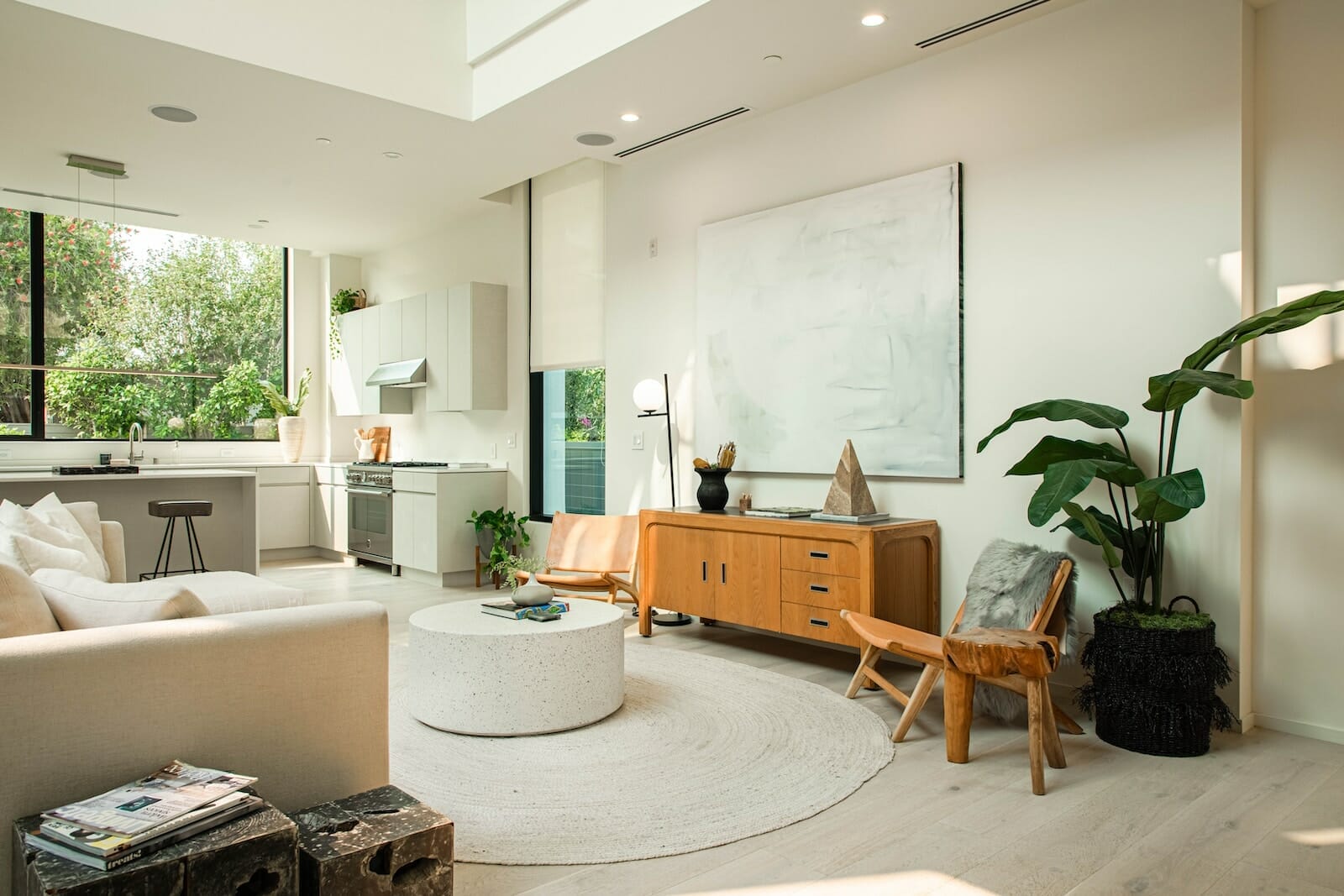10 Popular Questions About Light Duty Cabin

- Hybrid – Some manufacturers use a hybrid mix of materials. For example, aluminum exterior with high-strength steel framing. This combines the durability and weather-resistance of aluminum with added structural integrity.
Here are some pros and cons of common cabin building materials:
Aluminum
Pros:
- Lightweight
- Corrosion resistant
- High strength-to-weight ratio
- Long lifespan
Cons:
- Expensive
- Can dent easily
- High thermal conductivity
Steel
Pros:
- Very strong and impact resistant
- Can be made very secure
- Lower cost than aluminum
Cons:
- Heavy
- Susceptible to rust without treatment
- Can transfer more heat/cold
Fiberglass
Pros:
- Lightweight
- Highly weather and corrosion proof
- Good noise and temperature insulation
Cons:
- Not as strong or secure as metal
- Can crack on impact
- Needs gelcoat maintenance
So in summary, aluminum and steel are the most common and versatile light duty cabin materials, while fiberglass is lighter but less robust. The right material depends on your specific needs and budget.
5. How much does a light duty cabin cost?
The cost of a light duty cabin can vary quite a bit depending on the size, features, materials, and manufacturer. Here is an overview of typical light duty cabin pricing:
- Basic Steel Cabin – $1,500 – $3,000
- Entry-level coated steel cabin with limited options. Basic security and storage functionality.
- Mid-Range Aluminum Cabin – $3,000 – $7,000
- Medium-duty aluminum construction with more custom options. Better durability and security than basic steel.
- Premium Aluminum Cabin – $7,000 – $15,000
- Heavy-duty aluminum with maximum security and storage customizations. Top-end models with lift gates.
- Fiberglass Cabins – $2,000 – $6,000
- Typically smaller and lighter. Not as heavy-duty as aluminum or steel. Good for fuel economy.
Additional costs may include:
- Custom paint or wraps – $500-$2,000
- Additional access doors – $300-$1,000
- Interior shelving and storage packages – $500-$2,000
- Remote security and alarm systems – $750-$2,000
- Power lift gates – $1,500-$3,000
- Extended warranty coverage – $400-$1,000
Shop around and compare warranties, construction quality, security, and custom options when choosing a light duty cabin in your budget. Consider the long-term durability and functionality you need.
6. Can I customize or modify a standard light duty cabin?
Yes, many light duty cabins allow for some degree of customization or aftermarket modifications to adapt them to your specific cargo needs:
- Interior shelving – Most manufacturers offer interior shelving packages or you can install your own shelving using tracks or brackets. Optimize the space for your tools or cargo.
- Drawers and storage boxes – Add lockable drawers or storage containers to keep smaller items organized and secure. Useful for storing valuables or work tools.
- Racks and mounts – Install racks, hooks, and mounting brackets for securing odd-shaped items or safely transporting long/dirty cargo like ladders, pipes, lumber etc.
- Interior lighting – Install interior LED light strips or spot lights to illuminate the interior when loading at night or in low-light conditions.
- Access doors – Some models allow you to add or reconfigure side/rear doors to improve access such as adding a lift gate.
- Power systems – You can integrate electrical systems for powering interior lights, charging tools, running a winch, or temperature control. Requires wiring expertise.
- Windows – Install windows or portholes to increase interior light and visibility. Just ensure they are secure and lockable.
- Weight rating – Reinforce the floor and structure if you want to increase the cabin’s maximum weight capacity for heavier loads.
Always check with the manufacturer before making major modifications to ensure you do not void the warranty. Some customization options may also require professional installation for safety.
7. How difficult is it to install a light duty cabin on my truck?
Installing a light duty cabin on your truck is a project you can usually tackle yourself with some mechanical skills and help from a few friends. Here is an overview of the installation process:
- Pickup bed prep – Remove any existing bed liner and thoroughly clean/prep the bed area. This ensures proper cabin fit.
- Positioning – Hoist the cabin onto the bed using lifting equipment. Carefully position it centered and squared on the bed.
- Mounting – Bolt the cabin securely to the truck bed using the provided mounting hardware kit. Most models use a bolt-on bracket system.
- Securing – Add any additional reinforced metal plates, angle brackets, or straps to properly secure it and prevent shifting during transport.
- Door clearance – Confirm all doors open/close freely without rubbing against the bed sides or tailgate. Adjust position if needed.
- Electrical – Hook up any wiring like lights or alarms to your truck’s electrical system. Use good waterproof connections.
- Weatherproofing – Seal any gaps with caulk and add weatherstripping around doors to prevent water intrusion.
- Finishing touches – Install any interior accessories like shelving. Add a quality bed liner around the exterior base for maximum durability.
The entire install can usually be completed with basic tools in 1-2 days. Taking it slow and getting an extra set of hands will make the job much easier. Always follow the manufacturer’s specific installation instructions.
8. What kind of warranty and support does the manufacturer provide?
When buying a light duty cabin, it’s important to understand the warranty coverage and support services offered by the manufacturer:
- Length of coverage – Standard warranties range from 2-10 years against defects and workmanship issues. Longer terms provide more peace of mind.
- Covered components – Comprehensive warranties protect against leaks, structural failures, material corrosion, hardware breakage, etc. Read the fine print.
- Exclusions – Damage from accidents, misuse, overloading, or modifications may void the warranty. Understand any exclusions.
- Claim process – The easier the claim and repair process, the better. Look for companies with responsive customer service.











